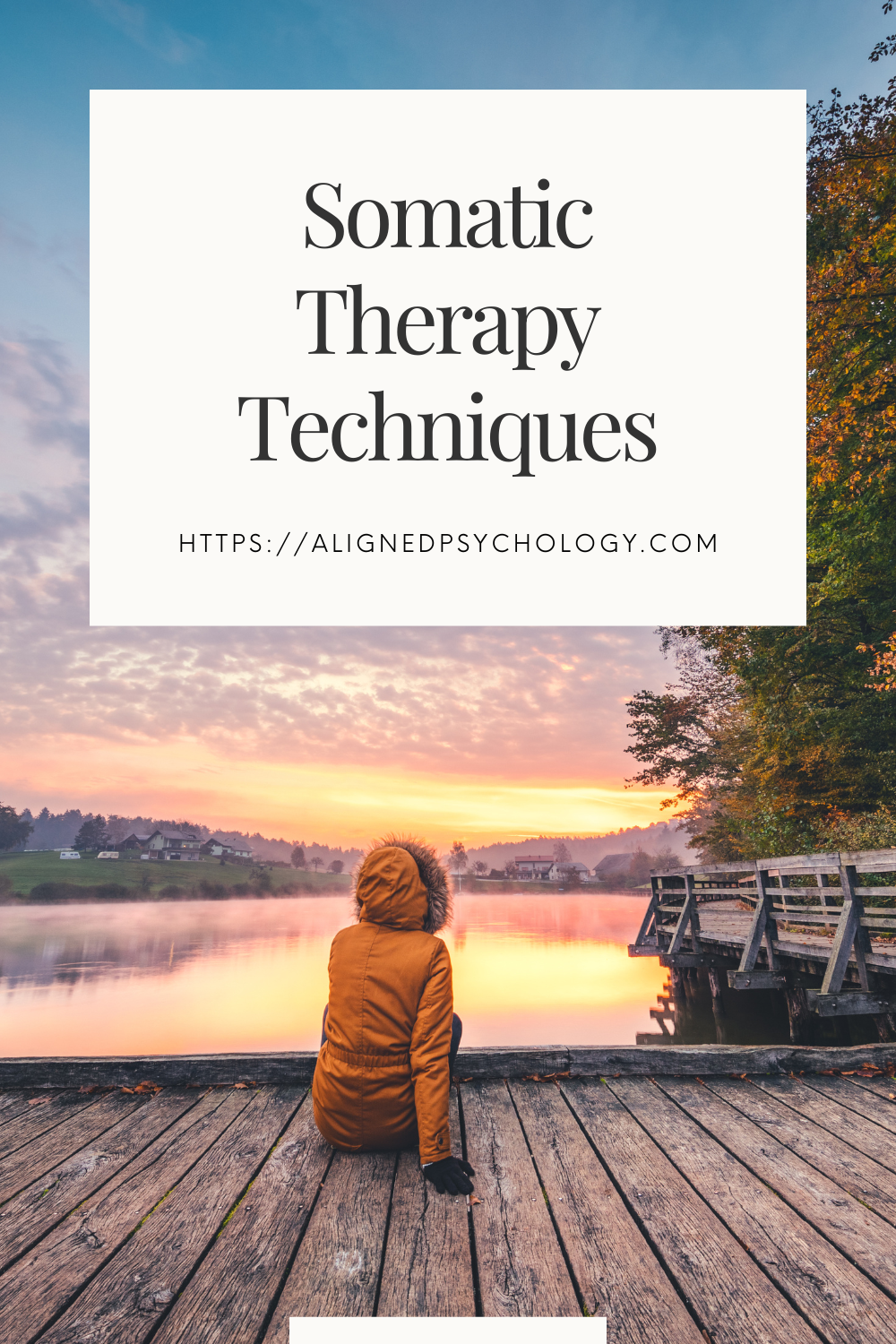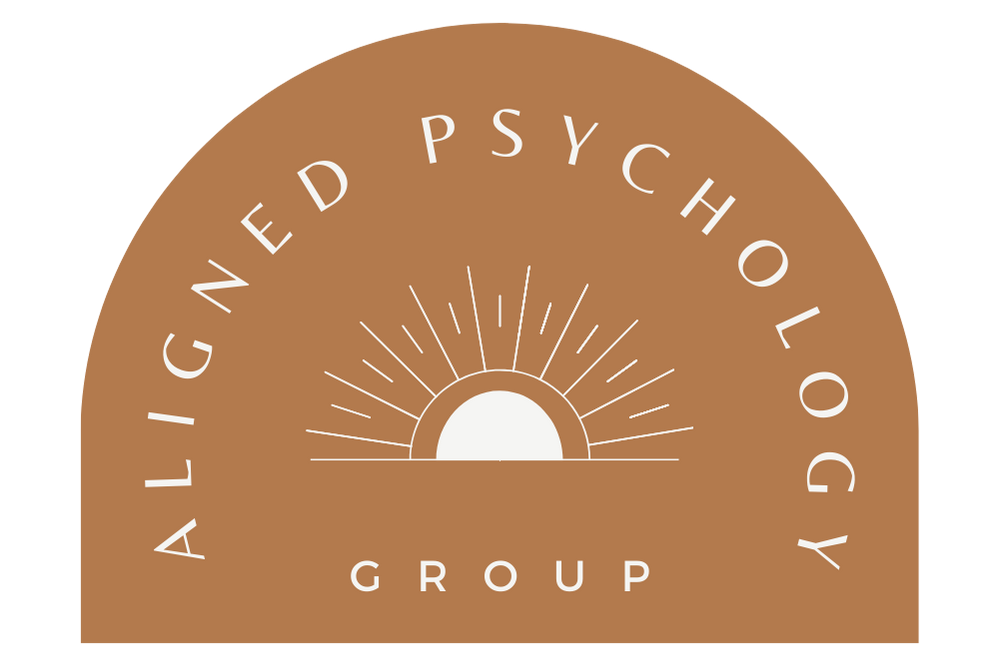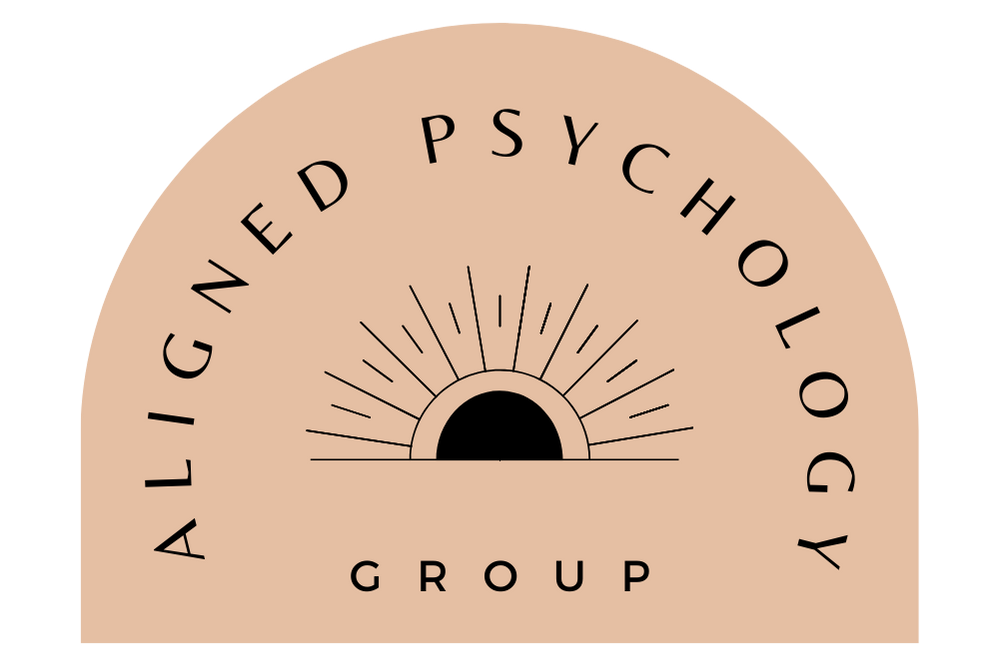Somatic Therapy Techniques
Unlocking the Mind-Body Connection: How Somatic Therapies Support Healing
The connection between the mind and body is a powerful and intricate system that influences our emotions, health, and overall well-being. Modern research in areas like psychoneuroimmunology and somatic psychotherapy is shedding light on how deeply intertwined our mental and physical states are, and how we can use this connection to heal.

The Mind-Body Relationship
The mind and body, while distinct, are interconnected and constantly influencing one another. This relationship means that changes in our physical state can affect our emotions and vice versa. Polyvagal Theory explores this connection through the lens of our nervous system, showing how our body’s safety and defense mechanisms impact our emotional and social engagement.
In psychotherapy, this understanding encourages therapists to create environments of safety that help clients regulate their emotions and enter what’s known as the “window of tolerance.” This state is where we feel balanced, calm, and able to process emotions effectively.
The Role of the Body in Therapy
The body often reacts unconsciously to emotional stimuli. For instance, we may sense safety or danger in an environment without consciously realizing why. This is due to a process called neuroception, which allows us to interpret cues like facial expressions, tone of voice, or body language. For individuals who grew up in healthy environments, these signals naturally contribute to a sense of safety. For others, especially those with trauma, these processes can become dysregulated.
Therapists trained in body-oriented approaches use this knowledge to help clients reconnect with their bodies, regulate their nervous systems, and process emotions. Somatic therapies like the Hakomi Method and Somatic Experiencing take this work even further.

The Hakomi Method: Healing Through Mindfulness and Loving Presence.
The Hakomi Method combines mindfulness, principles of unity, and a focus on the mind-body connection to promote healing. Developed by Ron Kurtz, this approach views people as self-organizing systems where the mind, body, and spirit work together. It emphasizes the present moment, encouraging clients to explore their emotional and physical experiences with curiosity and openness
Central to Hakomi is the concept of loving presence, where the therapist cultivates a grounded, attuned, and accepting presence. This approach helps clients feel safe and supported as they release emotional or physical tension. Techniques like gentle touch or physical support allow clients to connect with and process their embodied emotions, ultimately finding meaning and healing.
Somatic Experiencing: Releasing Trauma Trapped in the Body
Peter Levine’s Somatic Experiencing focuses on how trauma affects the nervous system and how the body holds onto unprocessed energy from traumatic events. Levine discovered that by helping clients gently revisit and process small pieces of a traumatic memory in a safe, mindful way, they could release this trapped energy and alleviate symptoms of PTSD.
This process, called
titration, involves guiding clients to engage with trauma in manageable doses, followed by relaxation techniques to restore balance. Over time, this method expands the client’s ability to tolerate stress and promotes healing by allowing the nervous system to complete its natural trauma response cycle.


Other Somatic Approaches
Beyond Hakomi and Somatic Experiencing, many other body-focused therapies can support healing. Practices like yoga, breathwork, meditation, and therapeutic touch can help release unconscious emotions and foster a sense of balance. Some therapies also explore altered states of consciousness (ASCs), such as those induced by breathwork or drumming, which can provide deep insights and emotional release.
These states tap into the body’s natural ability to heal by promoting integration and relaxation. They can also create a sense of connection to oneself and the larger world, supporting not only personal growth but also a profound sense of wholeness.
Harnessing the Power of the Mind-Body Connection
By understanding the intricate relationship between the mind and body, we can unlock new pathways for healing and growth. Somatic therapies offer a compassionate, holistic approach to address emotional pain, process trauma, and create lasting change. Whether through mindful embodiment, gentle touch, or practices that foster connection and safety, these therapies remind us of our innate ability to heal and thrive.

ABOUT THE AUTHOR
Dr. Chelsea
Chelsea Levenson PhD, Clinical Psychologist, specializes in creating safe, trusting space for clients on their journey toward healing. She specializes in somatic therapy and improving the mind-body connection. She is trained in trauma-focused modalities including Hakomi Somatic Therapy, EMDR, and IFS. She believes self-compassion, reflection, and awareness are keys to create lasting change. She worked in private practice, and intensive trauma treatment settings, including residential, PHP, and IOP levels of care.
Thank you for being part of a community of humans that deeply cares about healing.
We are honored that you stopped by and hope our resources will continue to bring value to your life.
We are accepting new clients in California, and referrals are always appreciated.












